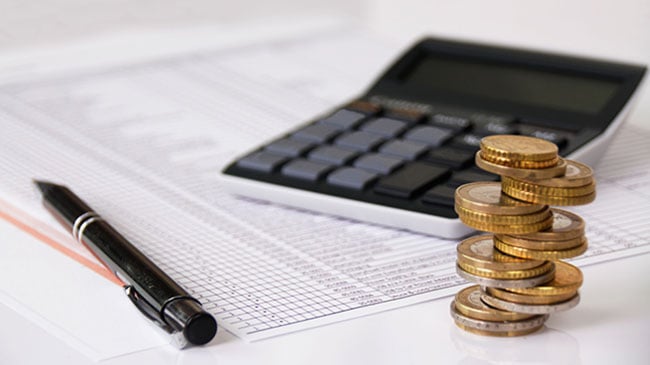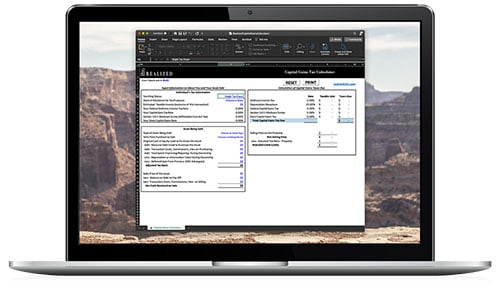
Buying and selling real estate should be a fairly simple process. You buy it, it (hopefully) appreciates in value, then you sell it. However, there can be a capital gains tax attached to that profit, meaning your after-tax cash flow (ATCF) could take a hit.
Clearly, you want your ATCF to be as high as possible after you sell an asset. Understanding concepts such as adjusted cost basis can help potentially boost that post-sale, post-tax cash flow.
The Basics of Basis
“Basis” defines how much is invested in an asset, whether it be real estate or a stamp collection. Going a little further, initial cost basis is how much you, the investor, pay when you buy the asset.
Perhaps, for example, you pay $100,000 for a single-family rental (SFR). Your initial cost basis is the $100,000, plus additional fees, such as closing costs, taxes, title insurance, brokerage fees or property survey charges. By the time you sell the asset, you want a higher adjusted cost basis. The higher your adjusted cost basis, the lower your capital gains tax will be. If the adjusted cost basis is less than the your asset’s sales price, you could find yourself paying a capital gains tax come April 15.
The chart below provides some examples of increases and decreases to basis:
| INCREASES TO BASIS | DECREASES TO BASIS |
|
Capital Improvements
Local Improvement Assessments
Casualty Losses
Miscellaneous Fees & Zoning Costs
|
|
Let’s say that you add a suite of rooms on the SFR, above, for $50,000 to do so. Your cost adjusted basis is now $150,000. Keep in mind that simply painting the house (or washing the windows) won’t increase the adjusted cost basis. If, however, you install triple-pane windows, and replace the entire roof, the amount you invest will increase the property’s value to IRS, and could lead to a higher cost adjusted basis.
The Importance of Depreciation
If you own investment property, a depreciation rate can be deducted from your investments taxable income each year. This number is typically a function of the investment’s original cost basis, and considers whether the property is for residential or commercial use. Whereas commercial properties are depreciated over a 39 year life, residential properties are depreciated over 27.5 years. Writing off this depreciable amount could mean lower taxes for that particular year.
There are a couple of caveats of depreciation to consider, however. For one thing, taking depreciation lowers your adjusted cost basis year after year, thus affecting the size of your capital gain liability when it comes time to sell. It is possible to not take depreciation, but one must weigh the benefits of writing off taxable income and paying a depreciation recapture on the back-end versus not writing off taxable income and not paying a depreciation recapture tax when the property is sold. Which leads me to my point.
When your asset is sold, a “depreciation recapture” tax could be put on the proceeds; the recapture occurs when your asset’s sales price is greater than the adjusted cost basis. Basically, that recapture must be reported on your income tax return as, well, income, and will be taxed at a rate of 25% instead of the highest capital gains tax rate of 20%. The amount of the depreciation recapture will be based on how much depreciation you took on the sold asset.
More Ways to Mitigate Taxes
Sell your property at a loss. No investor wants to sell something for less than what he or she paid for it. This would be known as a capital loss. There are, however, reasons why a property might sell for a loss, such as an economic downturn. If this happens, that capital loss can be carried forward and you could report it on future income tax statements, thus potentially reducing taxable income in those years.
Invest in a 1031 Exchange or Delaware Statutory Trust. We’ve written about this extensively. By exchanging into another property, or investing in a DST, you could defer paying the capital gains tax, as well as depreciation recapture, from your asset’s sale.
The Adjusted Basis – A Potential Tool
Calculating your adjusted cost basis, and understanding what that means, is important when it comes to determining your tax strategy.
As with anything dealing with investments and tax implications, individual situations can vary. Before deciding to take a loss or gain, it’s recommended that you talk to your financial or tax professional.
Realized Holdings specializes in tax strategy, and understands the importance of a property’s correct basis when it comes time to sell. Contact us today for information and tax implications of property basis.


